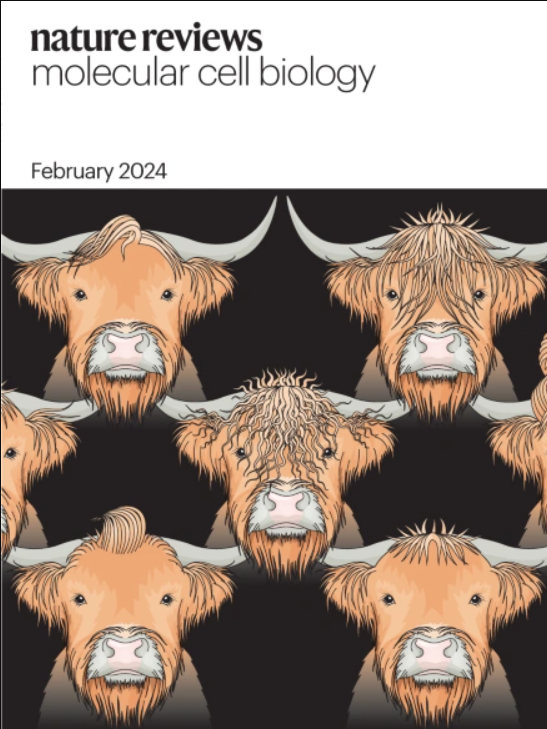迈向内质网出口位点功能的统一框架。
IF 90.2
1区 生物学
Q1 CELL BIOLOGY
引用次数: 0
摘要
内质网出口位点(ERES)是内质网无核糖体的特化亚域,作为内质网中copii介导的蛋白质输出的动态入口。除了在分泌途径中发挥作用外,ERES还参与多种过程,包括自噬和脂滴成熟,这突出了它们的功能可塑性。ERES集成了货物负载、膜张力和空间线索,以实时重塑其结构和功能。本路线图综合了我们目前对ERES的生物发生、结构多样性和调控逻辑的了解。我们强调了该领域未解决的关键问题,特别是关于ERES如何整合信号以协调不同细胞状态下的蛋白质运输。最后,我们提出了一个多学科框架-利用高分辨率成像,合成重构和计算建模的进步-来描述控制ERES功能和可塑性的原理。了解这些机制对于开发与贩运功能障碍有关的疾病的靶向治疗策略具有重大潜力。本文章由计算机程序翻译,如有差异,请以英文原文为准。
Towards a unified framework for the function of endoplasmic reticulum exit sites.
Endoplasmic reticulum exit sites (ERES) are specialized, ribosome-free ER subdomains that serve as dynamic portals for COPII-mediated export of proteins from the ER. Beyond their role in the secretory pathway, ERES are implicated in diverse processes, including autophagy and the maturation of lipid droplets, highlighting their functional plasticity. ERES integrate cargo load, membrane tension and spatial cues to remodel their architecture and function in real time. This Roadmap synthesizes our current knowledge on the biogenesis, structural diversity and regulatory logic of ERES. We highlight key unanswered questions in the field, particularly concerning how ERES integrate signals to coordinate protein trafficking under varying cellular states. Finally, we propose a multidisciplinary framework - leveraging advances in high-resolution imaging, synthetic reconstitution and computational modelling - to delineate the principles governing the function and plasticity of ERES. Understanding these mechanisms holds significant potential for developing targeted therapeutic strategies in diseases linked to trafficking dysfunction.
求助全文
通过发布文献求助,成功后即可免费获取论文全文。
去求助
来源期刊
CiteScore
173.60
自引率
0.50%
发文量
118
审稿时长
6-12 weeks
期刊介绍:
Nature Reviews Molecular Cell Biology is a prestigious journal that aims to be the primary source of reviews and commentaries for the scientific communities it serves. The journal strives to publish articles that are authoritative, accessible, and enriched with easily understandable figures, tables, and other display items. The goal is to provide an unparalleled service to authors, referees, and readers, and the journal works diligently to maximize the usefulness and impact of each article. Nature Reviews Molecular Cell Biology publishes a variety of article types, including Reviews, Perspectives, Comments, and Research Highlights, all of which are relevant to molecular and cell biologists. The journal's broad scope ensures that the articles it publishes reach the widest possible audience.

 求助内容:
求助内容: 应助结果提醒方式:
应助结果提醒方式:


